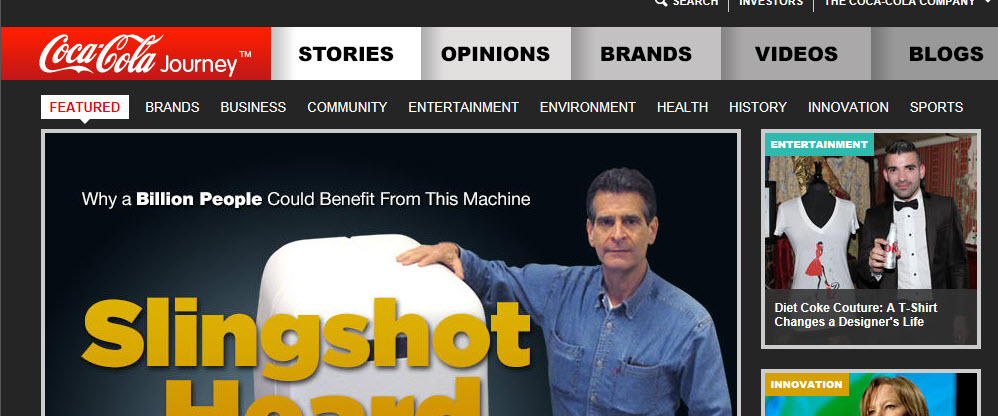An Unexpected Show of Caring.
My wife does Yoga at Fitness Incentive in Babylon a couple of mornings a week and she just retuned asking if I would smell her. The instructor, you see, had sprayed some lavender on her at the end of today’s session, saying something about its soothing properties. This was an unexpected show of caring on the part of the instructor.
Marketers would do well to learn from the instructor and offer unexpected demonstrations of caring to customers. Bob Gilbreath, chief marketing strategist at Bridge Worldwide, is building a brand and a movement around Marketing with Meaning. Is an unexpected show of caring marketing with meaning? Most certainly.
Expected
When leaving a store and someone says “thank you for shopping at ____” it’s nice, but not unexpected. While at a restaurant with spoon to mouth and the proprietor sticks his smiling face in asking “Everything alright?” — this may be unexpected but it is not a real show of caring. While at Mary Carrol’s Pub and the bartender buys back after your third quaff, unexpected? Not really. Good business, yes, but not necessarily a show of unexpected or caring.
Caring and thank you are two different things. The latter requires thought; it’s a skill actually. Twitter can be used as an example of unexpected caring, used correctly. A coupon dispenser is not caring. Customer service is not caring, it’s the price of doing business. When Steve Jobs, as was reported in the news yesterday, answers an email to a customer it is unexpected. And it’s caring.
Let’s get on with it marketers! When you leave the building each day ask yourself “What did I do to show a customer – not every customer – I care about them in a surprising way. Lavender anyone?





